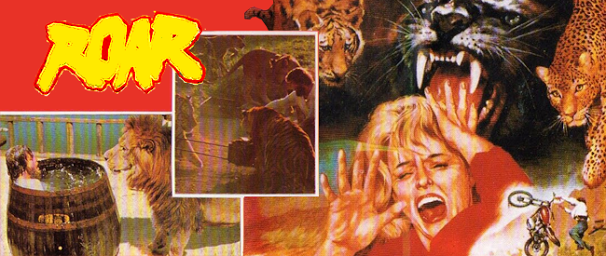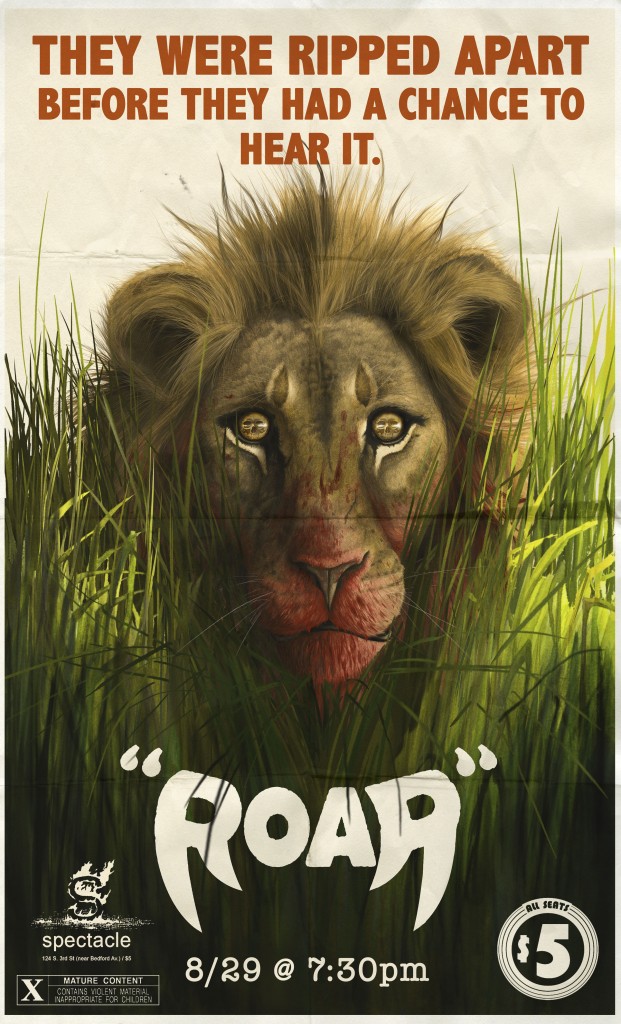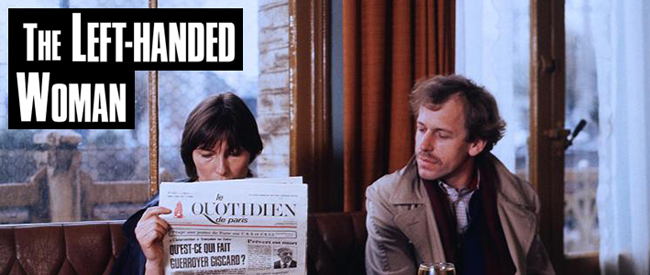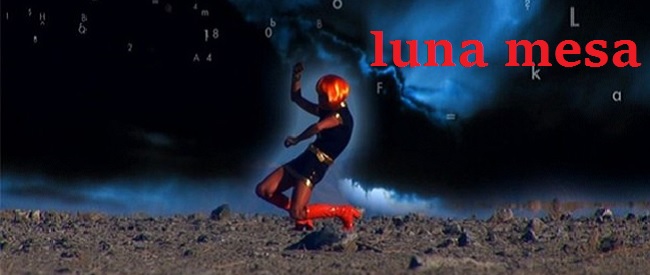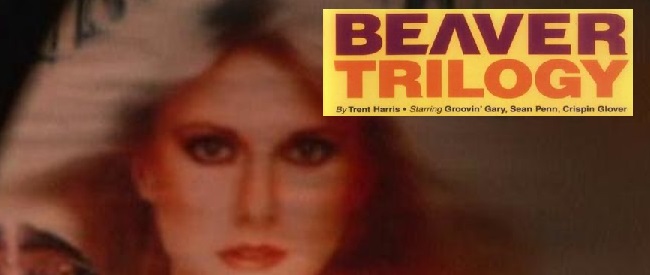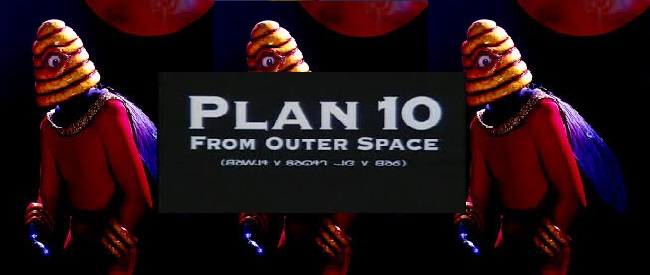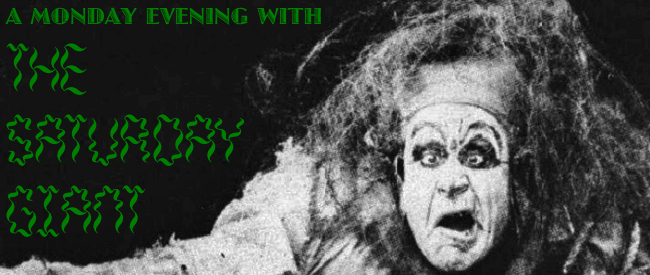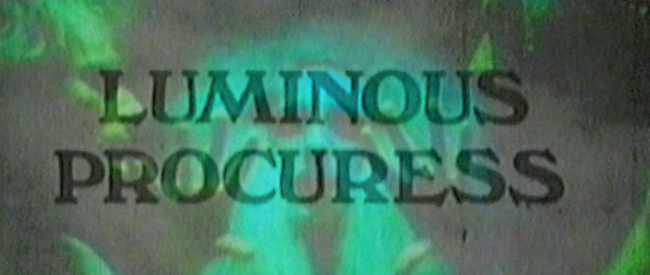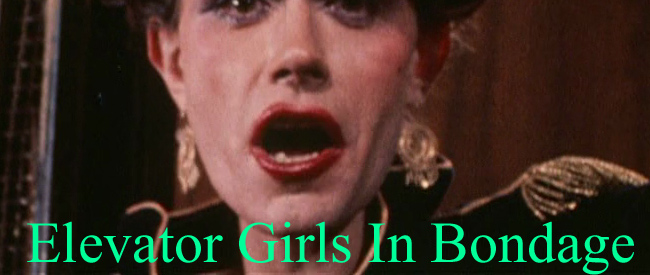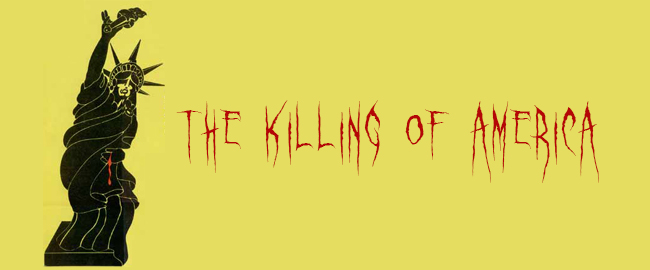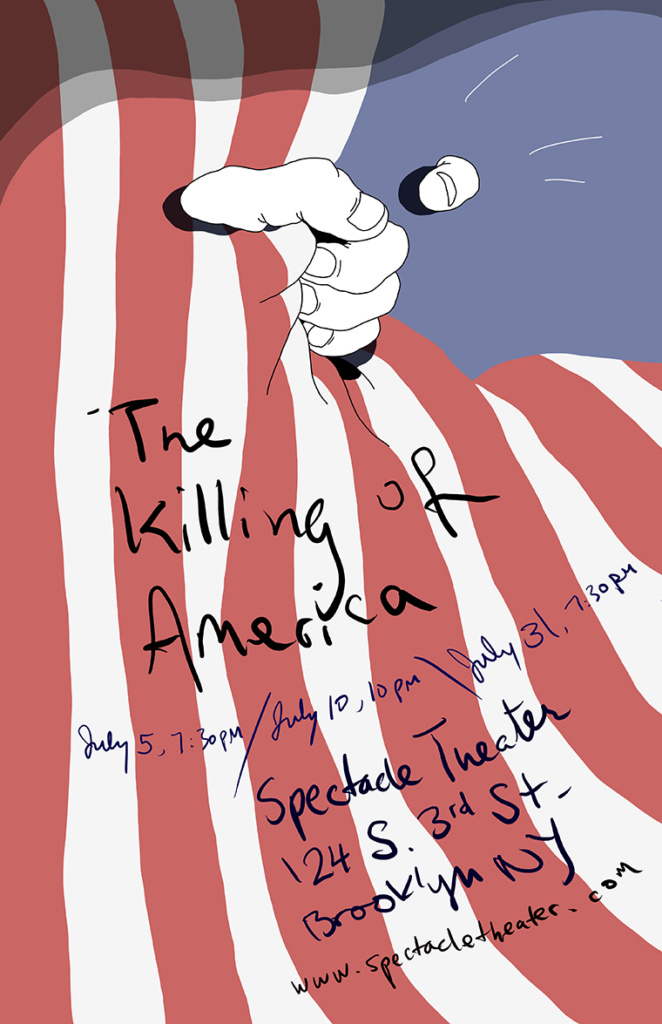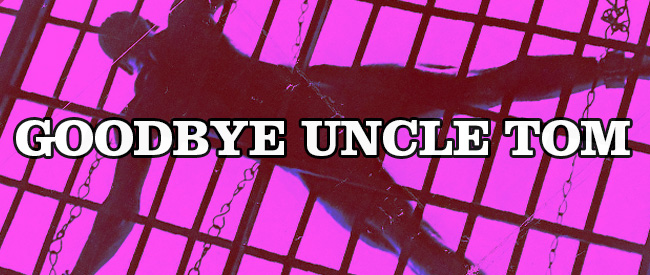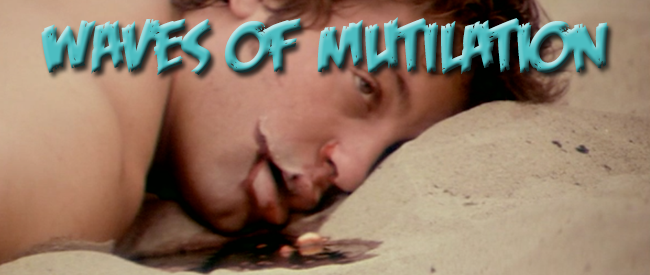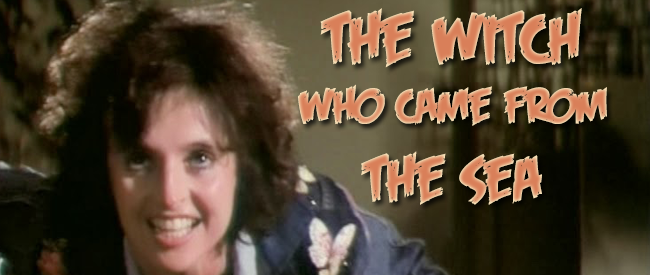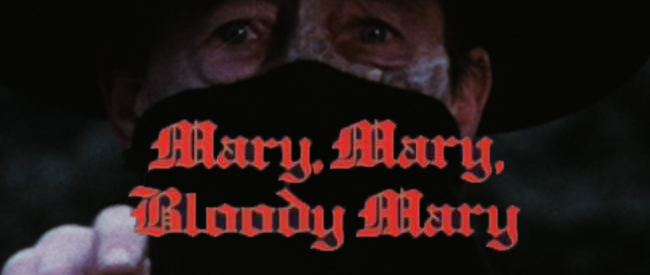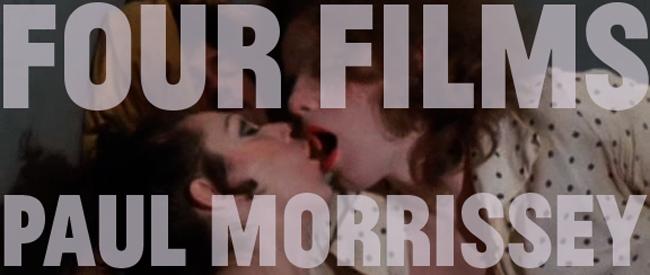
Spectacle is thrilled to present four films by inimitable director Paul Morrissey: the trilogy consisting of FLESH, TRASH, and HEAT, and the superb WOMEN IN REVOLT.
Morrissey assembled a cast of fascinating New York personalities including Joe Dallesandro, transgender icons Candy Darling, Jackie Curtis, and Holly Woodlawn, Andrea Feldman and Jane Forth and proceeded to shatter bourgeois sensibilities with unrestrained sex, nudity, and drug use, free-floating expressions of gender and sexuality and spot-on satirization of high society, among other things. Yet these films are no mere provocation. Writing, directing, photographing and editing the films himself with small budgets, Morrissey transposed his visions into anarchic, free-wheeling works of genius.
Morrissey’s approach to filmmaking involved shooting piecemeal over time, on weekends or at night, and coming up with new scenarios as he went along. There is improvisation within scenes among the actors, but the fact that Morrissey himself improvised his own writing process, using what he’d just filmed to inform the material he would shoot next, resulted in films which are remarkably alive, full of chaos, humor and “reality”. His actors play themselves (or their public personas), and he shapes the loose, episodic material into works which possess their own internal cohesion and bear his remarkable style. Morrissey succeeds in doing much more than others who merely captured or regurgitated an idealized cultural milieu; he created truly great and fitting art from the downtown underground scene itself.
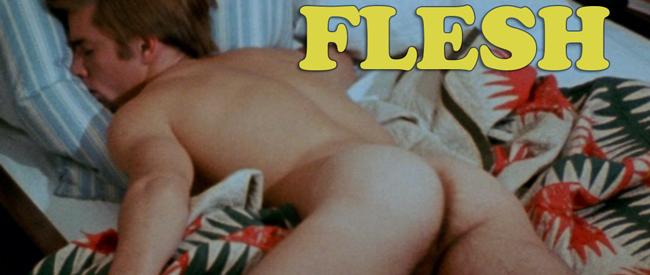
FLESH
Dir. Paul Morrissey, 1968
USA, 105 min.
THURSDAY, AUGUST 7 – 10:00 PM
TUESDAY, AUGUST 12 – 7:30 PM
FRIDAY, AUGUST 22 – 7:30 PM
SUNDAY, AUGUST 31 – 5:00 PM
Featuring Joe Dallesandro, Candy Darling, Jackie Curtis, Patti D’Arbanville and Geri Miller.
In FLESH, the first of Paul Morrissey’s trilogy which also includes Trash and Heat, Joe Dallesandro is roused out of bed to go and earn money prostituting himself, so that his wife can pay for her girlfriend’s abortion. He visits clients, teaches a new guy the ropes and feeds his (real life) baby crackers on the floor, completely naked, of course. Coming full circle, he ends up back in his bed trying to get some sleep while his wife and her girlfriend have sex.
The first several minutes of FLESH feature Joe Dallesandro sleeping, and they’re captivating. Dallesandro (Little Joe never once gave it away. Everybody had to pay and pay…) became a sex symbol for the gay and straight alike, with Vincent Canby writing, “His physique is so magnificently shaped that men as well as women become disconnected at the sight of him.”
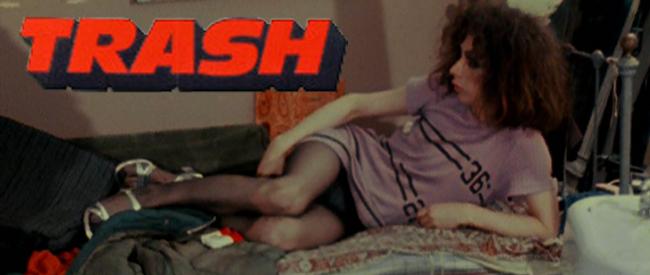
TRASH
Dir. Paul Morrissey, 1970
USA, 110 min.
THURSDAY, AUGUST 7 – 7:30 PM
SUNDAY, AUGUST 17 – 5:00 PM
FRIDAY, AUGUST 22 – 10:00 PM
Featuring Joe Dallesandro, Holly Woodlawn, Andrea Feldman and Geri Miller.
In TRASH, the second film in Paul Morrissey’s trilogy, Joe Dallesandro is a heroin addict and burglar who can’t get it up thanks to junk. Holly Woodlawn makes her screen debut as Joe’s sexually-frustrated girlfriend/roommate. Woodlawn collects garbage for their ratty basement room in the Lower East Side, tries to get welfare by faking a pregnancy and preys on a teenaged boy from the suburbs who stops in to buy some grass. Meanwhile, Joe breaks into Jane Forth’s upscale apartment and surprises her there, and she can’t wait to see a real live junkie shoot up.
Upon the release of TRASH, George Cukor (a Lower East Side native) petitioned the Academy to formally nominate Holly Woodlawn for best actress for her role in the film. Needless to say, this went nowhere.
Warning: contains scenes of actual IV drug use (and simulated overdose).
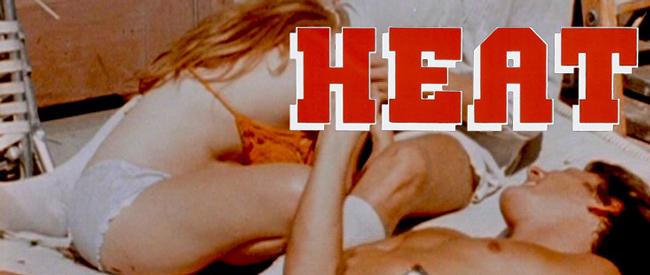
HEAT
Dir. Paul Morrissey, 1972
USA, 102 min.
FRIDAY, AUGUST 1 – 7:30 PM
SUNDAY, AUGUST 10 – 7:30 PM
SATURDAY, AUGUST 23 – 10:00 PM
THURSDAY, AUGUST 28 – 7:30 PM
Featuring Joe Dallesandro, Sylvia Miles and Andrea Feldman. With music by John Cale.
For the third film in Morrissey’s trilogy, the filmmaker takes his coterie to Los Angeles for a sun-drenched parody of SUNSET BOULEVARD by way of Avenue B. Joe Dallesandro plays a former child star who lives in an LA motel and hustles to get by, pleasuring his repulsive landlady in exchange for a rent discount. Chain-smoking Sylvia Miles is a past-her-prime star with four ex-husbands and a big house in the hills who would love to keep Joe as her pet, except that her crazy daughter (Andrea Feldman) keeps getting in the way.
Feldman’s character is erratic and emotionally volatile, a role for which she was unfortunately well-suited. After having a smaller role in TRASH, she both anticipated and dreaded the fame she expected would follow the release of HEAT. Three weeks before the film’s premiere, she summoned a group of friends and ex-boyfriends to the living room of her parents’ 14th floor apartment and then proceeded to jump out the window in what she called her “final starring role.”
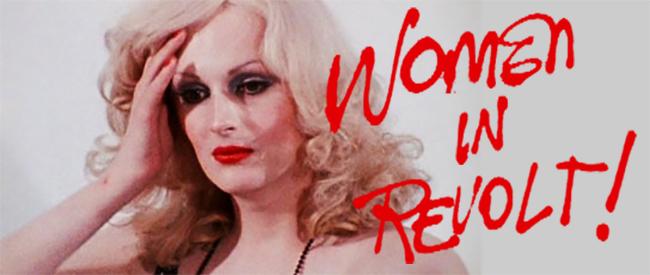
WOMEN IN REVOLT
Dir. Paul Morrissey, 1971
USA, 97 min.
MONDAY, AUGUST 4 – 10:00 PM
THURSDAY, AUGUST 14 – 10:00 PM
SATURDAY, AUGUST 23 – 7:30 PM
THURSDAY, AUGUST 28 – 10:00 PM
Featuring Candy Darling, Jackie Curtis, Holly Woodlawn and Jane Forth. With music by John Cale.
What do you mean “Come down off the trapeze and into the sawdust”? That’s circus talk.
Three of the most indelible transgender icons of all time play militant feminists in this incredible film which is so much more than parody. Jackie Curtis and Holly Woodlawn have had it with men and their foul ways, so they join a militant feminist organization called PIG (Politically Involved Girls). Candy Darling is a wealthy socialite from Park Avenue (or Long Island – they can’t keep it straight) who they draw into the group to give it legitimacy, but it turns out that she’s having an incestuous relationship with her brother. Regardless, the three quickly become enemies: “I could just plunge a knife right into her back.” “Oh no, it’s too bloody!” “Well, I could do it and just not look.” Holly Woodlawn becomes a Bowery bum and Jackie Curtis can’t stop hiring male prostitutes, while Candy becomes a famous actress: “I’m sick of incest and lesbianism. I’m ready for Hollywood.”
After WOMEN IN REVOLT previewed on 59th Street, it was protested by a feminist organization, who mistook the film for a caricature of feminism rather than a caricature of the popular discourse around feminism, not to mention a caricature of traditional gender roles. Candy Darling reportedly declared, “Who do these dykes think they are anyway? Well, I just hope they all read Vincent Canby’s review in today’s Times. He said I look like a cross between Kim Novak and Pat Nixon. It’s true – I do have Pat Nixon’s nose.”
Trigger Warning: This film contains depictions of sexual assault.
